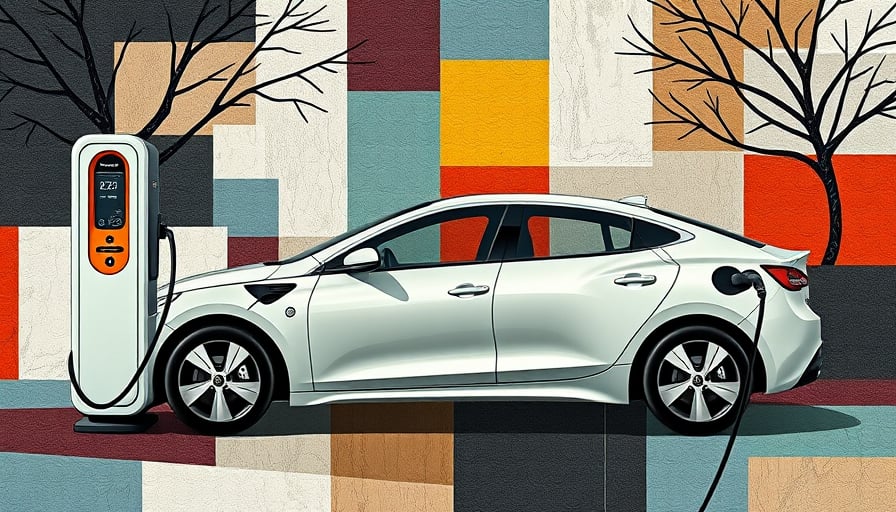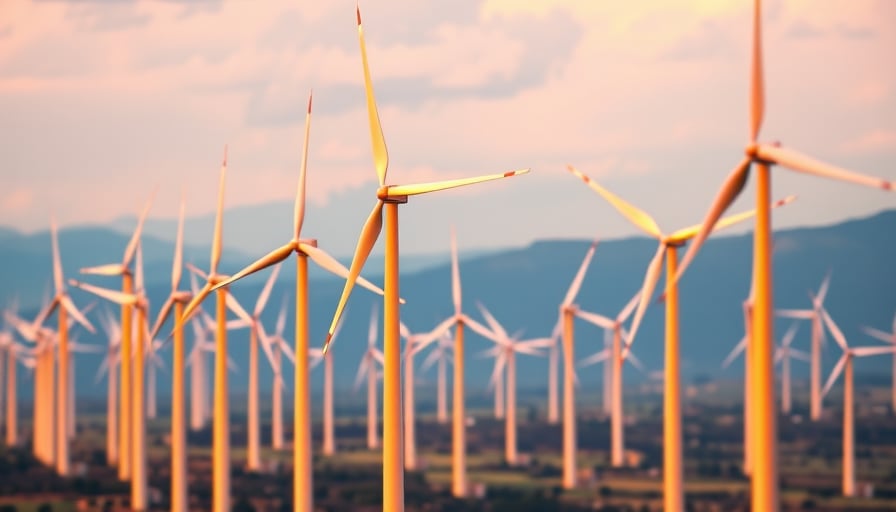European car sales surge in October, but ACEA’s energy mix remains under pressure
European car sales climbed 4.9 % in October, driven largely by a surge in electric‑vehicle registrations, according to data released by the European Automobile Manufacturers’ Association (ACEA). The rise follows a year‑long recovery from the pandemic‑era slump, yet the pre‑COVID‑19 level of new‑vehicle registrations remains out of reach.
What the data reveal
- Total new registrations: 916,609 vehicles in October, a 5.8 % increase year‑on‑year.
- Cumulative first‑half figure: 8.97 million vehicles, up 1.4 % over the same period in 2024.
- Electric‑vehicle share: The proportion of plug‑in cars has risen sharply, although the precise figure is not disclosed in the report.
- Market context: The data were released by ACEA in Brussels, underscoring the association’s role as a key industry barometer.
Why this matters for ACEA SpA
ACEA SpA, a multi‑utility giant listed on Borsa Italiana, has an energy infrastructure portfolio that includes hydroelectric, photovoltaic, and thermoelectric plants across Lazio, Umbria, and Abruzzo. The company also supplies approximately 10 TWh of electricity to 1.6 million delivery points and operates public lighting. The European shift toward electric vehicles is a double‑edged sword for ACEA:
- Demand for electricity is set to rise as more cars plug in, potentially boosting revenues for ACEA’s power distribution segment.
- Competition from renewables is intensifying; the rapid uptake of electric cars could accelerate the deployment of distributed generation and battery storage, areas where ACEA already has a foothold but still lags behind pure renewable producers.
Market reaction
ACEA’s own stock closed at €22.60 on 23 November, comfortably below its 52‑week high of €22.88 but well above the 52‑week low of €15.41. With a market capitalization of €4.8 billion and a price‑to‑earnings ratio of 12.75, the share remains relatively modestly valued despite the company’s diversified utility operations. The recent automotive data add another layer of complexity: while increased electric‑vehicle uptake signals higher electricity consumption, it also signals a potential shift in consumer preferences that could erode traditional energy demand in the long run.
The broader economic backdrop
The automotive news appears amid a series of financial and economic events scheduled for the coming weeks, including:
- Eurozone monetary policy – the European Central Bank’s upcoming 7‑day re‑financing tender.
- Corporate earnings – EasyJet’s annual results, Fortum’s investor day, and other major corporate disclosures.
- Geopolitical tensions – concerns over Russian oil transactions and the potential liquidation of the Lukoil operator in Romania, which may indirectly impact energy markets in Europe.
A call for strategic agility
ACEA SpA must navigate a landscape where consumer mobility is electrifying, regulatory pressure is mounting, and traditional energy models face disruption. The company’s diversified portfolio – spanning waste treatment, water supply to 8.5 million customers, and energy generation – offers a buffer, yet its growth trajectory will hinge on how effectively it can integrate new renewable technologies and smart grid solutions.
In a market that rewards agility, ACEA’s future will depend on its ability to translate these macro‑trends into concrete investment decisions, ensuring that its infrastructure remains resilient, its services remain indispensable, and its financial performance stays robust against the shifting tides of European energy consumption.




